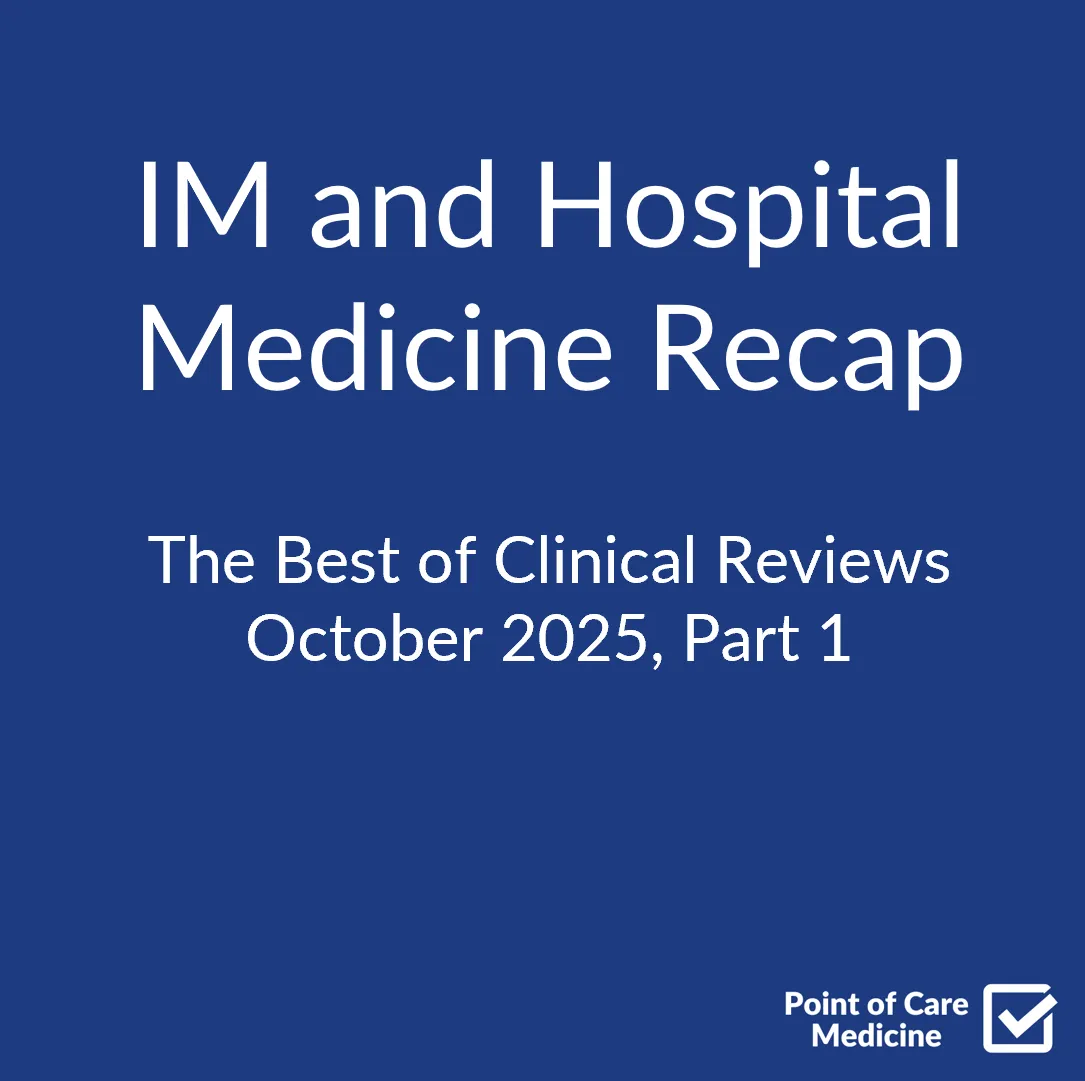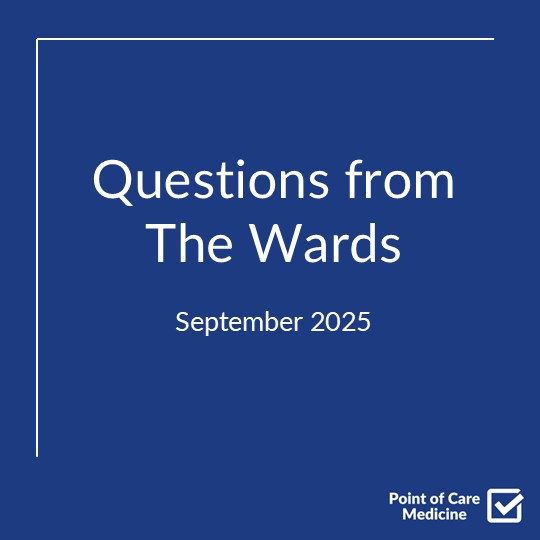Audio
Video
Fact 1: Epinephrine is the first-line treatment for anaphylaxis and should be administered immediately upon diagnosis.
Related Key Facts:
- Epinephrine can be repeated every 5-15 minutes if symptoms persist or worsen.
- The alpha-1 effects of epinephrine reverse peripheral vasodilation and reduce mucosal edema.
- Beta-1 effects increase myocardial contractility and heart rate, while beta-2 effects cause bronchodilation.
- Epinephrine's onset of action is within minutes when given intramuscularly.
- For patients in anaphylactic shock refractory to repeated IM epinephrine and fluids, consider continuous IV epinephrine infusion 1:1,000,000 (1 mcg/mL) via central venous access.
Fact 2: Anaphylaxis can present without skin or mucosal involvement in up to 20% of cases.
Related Key Facts:
- Anaphylaxis is highly likely when there's acute onset of illness with involvement of skin/mucosa AND either respiratory compromise or reduced BP/end-organ dysfunction.
- Reduced BP alone (SBP <90 mmHg or >30% decrease from baseline) is sufficient to diagnose anaphylaxis if exposure to a known allergen has occurred.
- Lower respiratory tract symptoms (bronchospasm, wheezing) are more common than upper airway obstruction in anaphylaxis.
- Gastrointestinal symptoms (cramping, vomiting, diarrhea) can occur in up to 45% of anaphylaxis cases.
- Cardiovascular symptoms may be the primary manifestation in older adults or those with cardiovascular disease.
Fact 3: Risk factors for severe or fatal anaphylaxis include asthma, cardiovascular disease, and mast cell disorders.
Related Key Facts:
- Patients with asthma are at higher risk for fatal anaphylaxis, particularly if their asthma is poorly controlled.
- Cardiovascular disease increases the risk of severe anaphylaxis due to reduced compensatory capacity.
- Mast cell disorders, including mastocytosis and mast cell activation syndrome, can cause unpredictable and severe anaphylactic reactions.
- Patients on ACE inhibitors may be at increased risk for more severe anaphylaxis and may be less responsive to treatment.
- Age-related factors, such as decreased organ reserve in elderly patients, can contribute to increased anaphylaxis severity.
Fact 4: Biphasic anaphylaxis, characterized by recurrence of symptoms after initial resolution, can occur in up to 20% of cases within 72 hours.
Related Key Facts:
- Risk factors for biphasic reactions include severe initial reactions, delayed administration of epinephrine, and requirement for large doses of epinephrine.
- The median time to onset of biphasic reactions is 11 hours, but they can occur up to 72 hours after the initial reaction.
- Biphasic reactions can be more severe than the initial reaction and may be refractory to treatment.
- All patients should be prescribed an epinephrine auto-injector and educated on its use before discharge.
- Patients should be instructed to return immediately if symptoms recur and to wear medical alert identification.
Fact 5: Food, medications, and insect stings are the most common triggers of anaphylaxis, but idiopathic anaphylaxis accounts for up to 20% of cases.
Related Key Facts:
- Common food triggers include peanuts, tree nuts, shellfish, fish, eggs, milk, and soy.
- Medication triggers often include antibiotics (especially beta-lactams), NSAIDs, and neuromuscular blocking agents used in anesthesia.
- Hymenoptera (bee, wasp, hornet, yellow jacket, fire ant) stings are the most common insect triggers.
- The prevalence of specific triggers varies with age and geography.
- Patients with idiopathic anaphylaxis often require long-term prophylactic treatment with antihistamines and/or corticosteroids.
Fact 6: Serum tryptase levels can help confirm the diagnosis of anaphylaxis, especially in unclear cases.
Related Key Facts:
- Tryptase is a protease released from mast cells during anaphylaxis.
- A tryptase level >11.4 ng/mL or an increase of >2 ng/mL over baseline strongly supports the diagnosis of anaphylaxis.
- Tryptase levels typically peak 1-2 hours after symptom onset and can remain elevated for up to 6 hours.
- Serial tryptase measurements can be more informative than a single measurement.
- Tryptase levels may not be elevated in food-induced anaphylaxis, despite severe symptoms.
Fact 7: Long-term management of patients with anaphylaxis includes prescription of epinephrine auto-injectors, education on avoidance strategies, and consideration of immunotherapy for certain triggers.
Related Key Facts:
- Patients should be instructed to always carry two epinephrine auto-injectors and to use them at the first sign of anaphylaxis.
- Allergen avoidance strategies should be tailored to the specific trigger and may include reading food labels, communicating with restaurant staff, and avoiding high-risk situations.
- Venom immunotherapy can reduce the risk of future anaphylaxis by up to 95% in patients with insect sting allergies.
- Food oral immunotherapy is an emerging treatment for certain food allergies but is not yet widely available and carries risks.
- All patients with a history of anaphylaxis should wear medical alert identification and be referred to an allergist/immunologist for follow-up car








.png)
